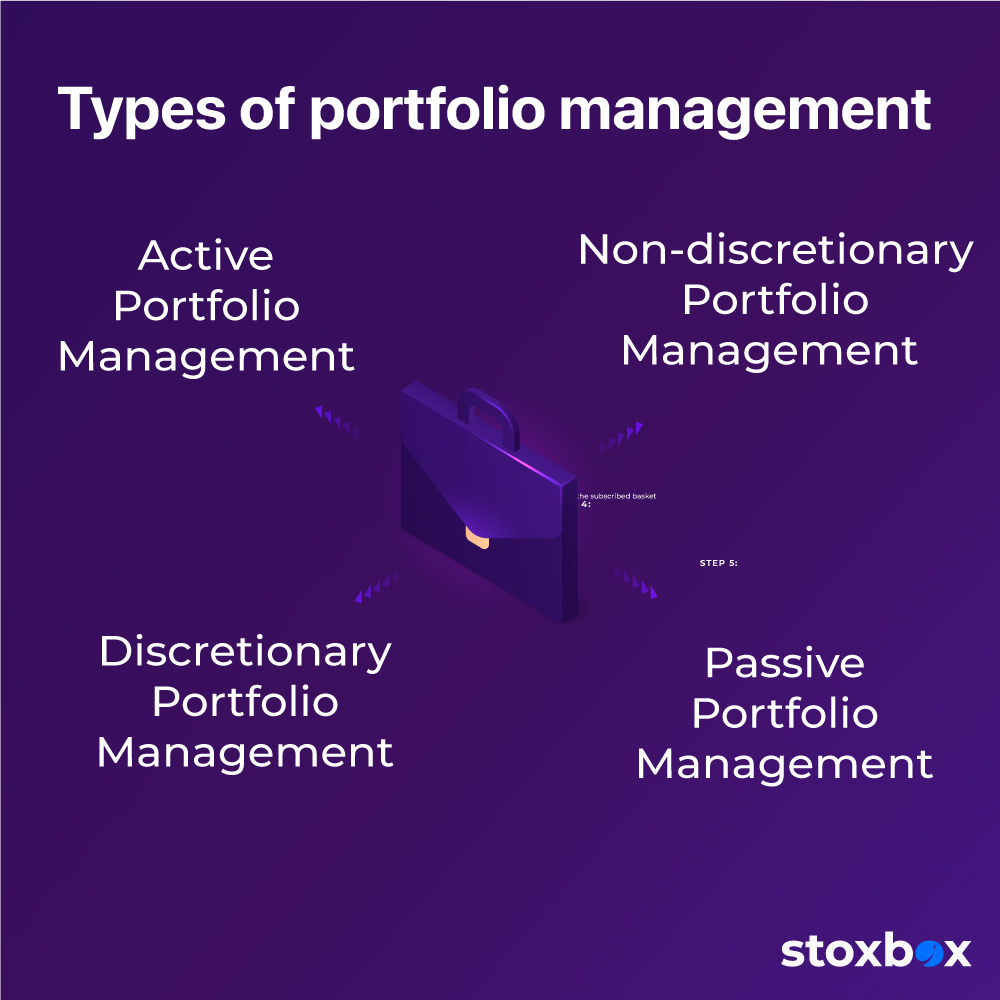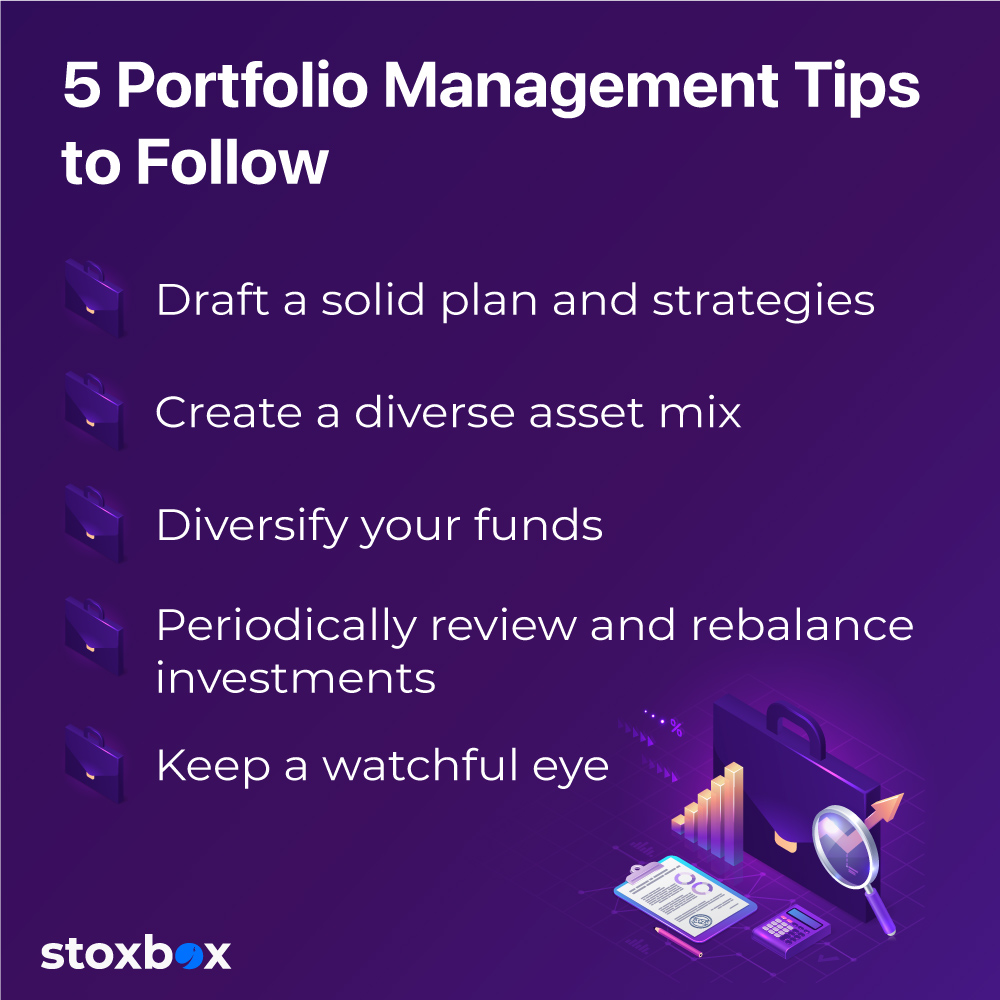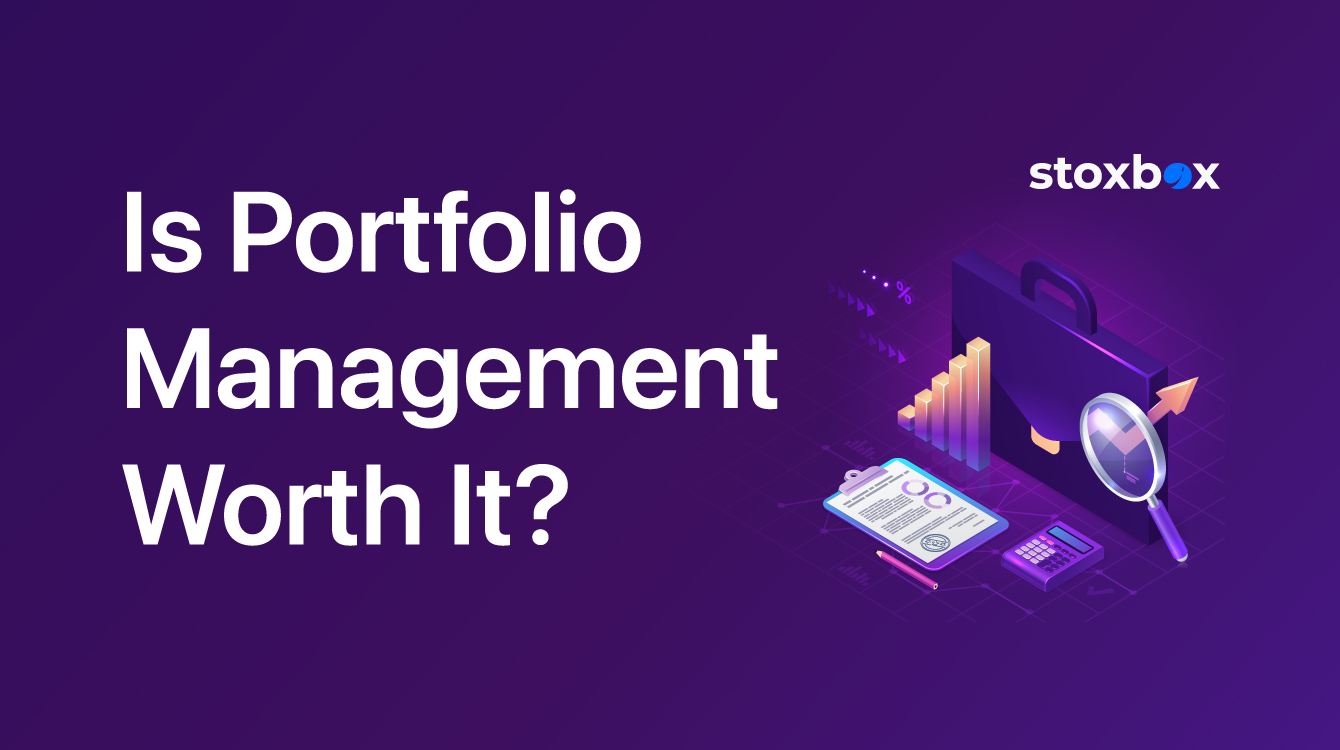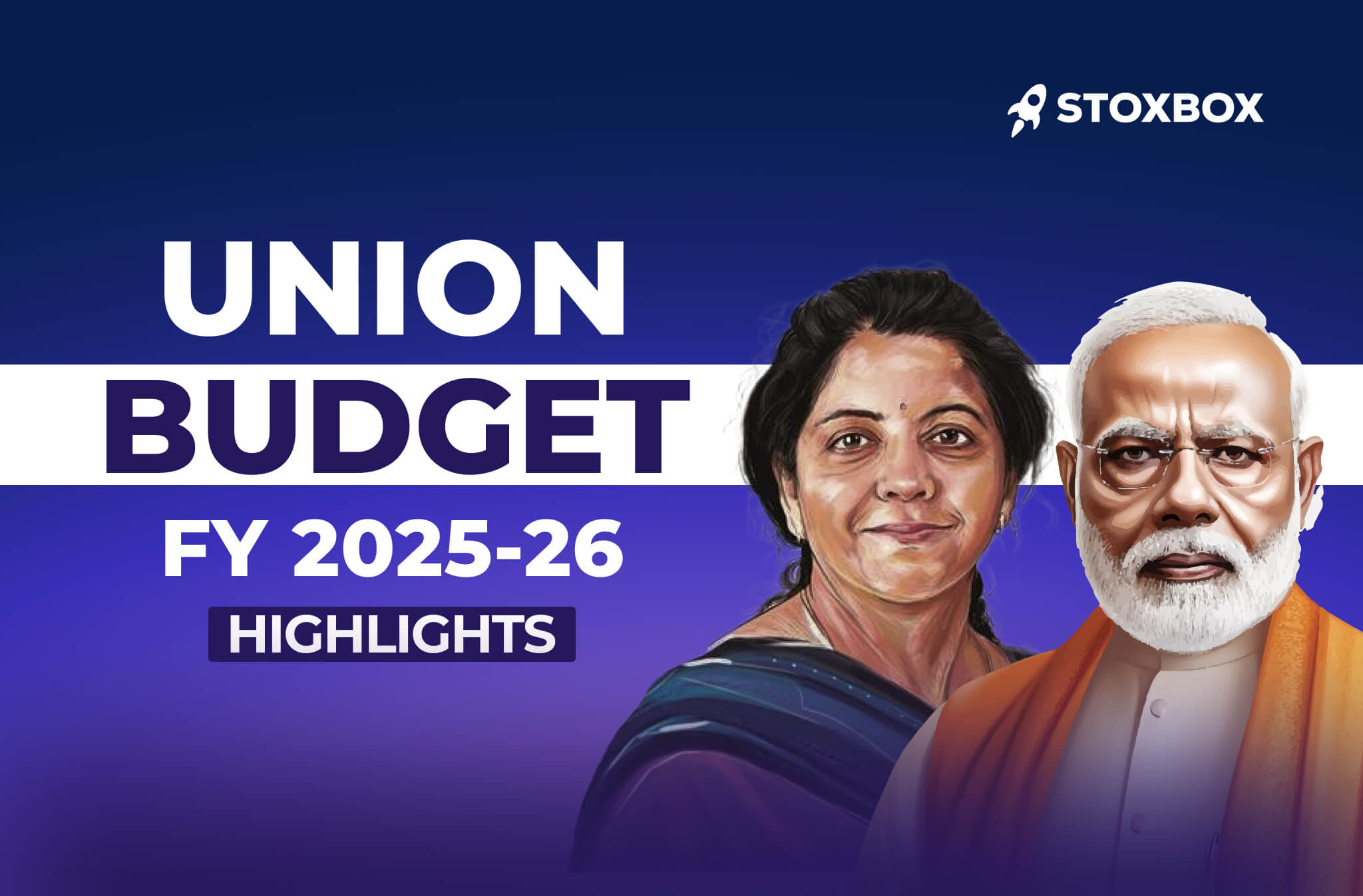What Is Portfolio Management, and Why Is It Important?
Whether you trade in mutual funds or are a hardcore equity share trader, as an avid investor, you would know creating a portfolio of mixed asset classes keeps you safe in bad situations. However, if you are new to the world of investing and are trying to create a safe yet rewarding portfolio, you should know the basics of it, at least. Well, selecting the right investment with the right portion of asset classes is portfolio management.
That means-
- Managing funds of and for investors
- Managing risk
- Capital appreciation
- Maximising returns
So in layman terms, portfolio management is the process of maximising returns for investors with their funds using strategic objectives and techniques of asset allocation, investment mix and policies. Portfolio management is about maximising returns while assessing the risks and weaknesses of the portfolio.
How portfolio management works
Portfolio management is the process through which managers and financial planners invest money in shares, asset classes, and policy mixes and define the objective of the investment. But before a manager plans to invest in any asset class, plans are set in motion and executed to maximise the benefits for the investors. So the four steps to portfolio management are:
- Identifying objectives
Every investor is different. Some are risk-averse, and some are risk-takers. Therefore, the portfolio managers and financial planners should plan to identify the investors’ objectives and then go forward with how to invest their funds.
- Setting a plan for investmentBefore you think about constructing your home or going about your day, we all make plans, either in writing or mentally, but planning is what we all do at the beginning of any job. Similarly, before investing in any asset class or making a portfolio, a plan must be set in motion, defining the portfolio’s ability to endure the risk. The objective of planning before investing is to think of all possible outcomes and the best asset classes to make investments in.
- Execution
Now that the plan is set and the investment classes have been decided, the next step is to execute the plan. To allocate funds and manage the risk-return profiles according to the plan.
- See results and monitor the performance
Once the plan is in motion, the third part of the performance is to monitor the performance of the asset classes. If there are any issues with investment and the returns are much lower than anticipated, the investment classes can be readjusted to achieve better results and help the investors earn more.
Types of portfolio management

- Active portfolio management
As the name suggests, active portfolio management means actively buying and selling securities as per the market index such as Nifty, etc. Active portfolio management aims to generate extra returns while taking a higher level of risk in comparison to passive management risk.
- Passive portfolio management
The primary aim of passive portfolio management is to mimic the performance of an index by investing in similar securities with similar weightage. It is also called index investing. However, compared to active portfolio management, the transaction costs are much lower as the portfolio is churning at the base level.
- Discretionary portfolio management
Discretionary portfolio management is much different from passive and active portfolio management. Here, the portfolio manager is given a full levy to introduce any strategy to maximise returns. However, the transaction fees are higher in comparison and are best for investors who want maximum returns in less time.
- Non-discretionary portfolio management
Unlike discretionary portfolio management, the non-discretionary suggests investors will be responsible for choosing the strategy which has been recommended to them. This strategy acts on the basic premise of advising the investors on how to go about investing.
Portfolio management for individuals
To help you understand how to make your personalised portfolios. There are many boxes available in StoxBox to help you trade in ready-made portfolios.
- Core box: Advisory application using NIFTY 50 benchmark. It has a medium risk capacity, and the minimum amount is Rs 50,000.
- Public sector box: A medium risk capacity is used for actively managing investments using NIFTY PSE as a benchmark. The minimum amount is Rs 10,000.
- Growth box: Advisory product management application with medium risk appetite with the minimum amount being 1,00,000and using Nifty 500 as a benchmark.
- Insurance box: A medium risk investment advisory product made using NIFTY 50 as a benchmark. The minimum investment amount is Rs 25,000.
The objective of portfolio management
The basic aim of portfolio management is to choose the best investment mix to maximise the returns with one’s income and risk tolerance. Hence the objective of portfolio management are:
- Risk optimisation and efficacy
- The flexibility of the portfolio
- Allocating resources and funds optimally in a planned manner
- Maximising returns on investment
- Appreciating and maximising the capital of the investor
- Protecting earnings of investors despite market risks
5 portfolio management tips to follow

- Draft a solid plan and strategies
Every investor wants success; every investor wants their portfolio to perform the best but investing is not in the hands of investors or portfolio manager loans but the hands of the market that cannot be predicted. But to sift things out and make a regulated plan, as a portfolio manager and an investor, a strategic plan has to be created.
- Create a diverse asset mix
The first investment rule is never to keep all eggs in one basket, and create a diverse mix of assets helps in bagging returns from all the classes. Be it shares, mutual funds, or real estate or ETFs, the basic rule of portfolio management is spreading your wealth. But not too much that the returns get nullified by the diverse asset mix.
- Diversify your funds
Now that you have decided to invest in shares, mutual funds and real estate, it’s time to decide what percentage of your funds should you allocate to each asset mix. Spread your wealth evenly.
- Periodically review and rebalance investments
After investing and allocating money to your asset mix, you can’t simply let it sit for 10 years. You should periodically keep checking your portfolio, and if losses are coming from certain set classes, you should rebalance and review it accordingly.
- Keep a watchful eye
New asset classes get discovered periodically. For example, shares, mutual funds and real estate are traditional investment classes. But, as cryptocurrency increases its value in the economy, one should consider the new developments and keep a watchful eye.
The bottom line
Investing can and is always fun, so take risks, make a portfolio and enjoy the benefits. Investment is supposed to be a time-consuming, risky procedure but can and does hold a lot of benefits.
Frequently Asked Questions
1. How does portfolio management help investors achieve their financial goals?
Portfolio management involves strategic investment planning and balancing risk, enabling investors to align their investments with their long-term financial goals.
2. What are the different styles of portfolio management?
The two main styles are active management, where fund managers aim to outperform the market, and passive management, which tracks a specific index.
3. How do risk tolerance levels influence portfolio management strategies?
Risk tolerance determines the mix of high-risk (equity) and low-risk (bonds, fixed deposits) assets in a portfolio, balancing growth potential and stability.
4. Why is rebalancing an important part of portfolio management?
Rebalancing helps maintain the desired asset allocation by adjusting the portfolio to align with financial goals and market conditions.
5. How does diversification fit into effective portfolio management?
Diversification spreads investments across different asset classes and sectors to minimize risks and optimize returns.
6. What role do financial advisors play in portfolio management?
Financial advisors provide expert guidance, helping investors choose the right assets, monitor performance, and adjust strategies as needed.
7. Can technology aid in portfolio management?
Yes, tools like robo-advisors and portfolio tracking apps offer automated, data-driven insights, making portfolio management more accessible and efficient.
You might also Like.
Union Budget 2025-26 Impact on Sectors
Edit Announcement Impact Companies Enhancing the credit guarantee cover for...



